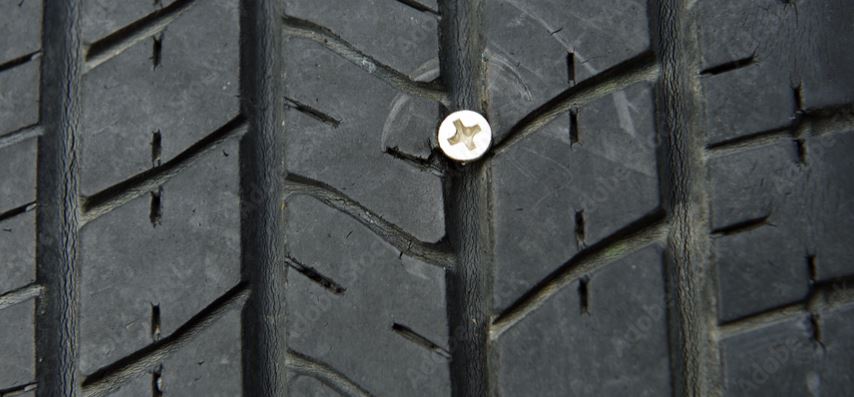How To Inspect Your Tires
It’s no secret, your tires are one of the most important components of your vehicle; they’re the only point of contact your vehicle makes with the road no larger than a 4×6 picture. Because of this, it’s important that your tires are in good condition. That’s why we recommend a visual inspection of your tires once a month or before any long trips.
Here are some tips on inspecting your tires at home.
Check Your Tread Depth
Your tread depth is the distance between the tread of your tire to the bottom of the grooves on your tread; it is typically measured in one thirty-second of an inch (1/32”) increments. When your tread is less than 2/32″, it is time for new tires. You can use a tread depth gauge to test this. If you do not have one, we recommend purchasing one to keep in your vehicle at all times; however, you can also use a Canadian penny. See the below video for more details.
Tires often wear unevenly if there are issues with your vehicle’s suspension or improper tire inflation. Be sure to measure the tread depth in more than one area of your tread.
RELATED RESOURCES:
Check Your Inflation
Check to make sure that your tires are inflated to the proper air pressure. Proper tire pressure is important to your safety, and prevents premature tire wear, as both overinflated and underinflated areas lead to unequal contact with the road across the surface of your tire’s contact patch.
Another tool we recommend purchasing is a tire pressure gauge. The best time to check your tire pressure is in the morning when your tires are cold, as the temperature will affect the reading. Check for the sticker on the inside of your driver’s door jamb. If you cannot find it, check your vehicle manual. If your tires are above the recommended PSI, slowly release air and check with your gauge intermittently until you are at the required PSI. If you are underinflated, add air until you reach the required PSI.
RELATED RESOURCES:
Visually Inspect For Nails and Other Punctures
Often times when a tire is punctured by a foreign object such as a screw, the object can be jammed into the rubber so tightly that it leaks air too slowly for you to notice; however, these punctures create a weak point in the structure of your tire that are dangerous to drive on. Visually inspect your tires and carefully feel for any signs of puncture such as nails, screws, and more.

If you do notice a puncture, call your local Integra Tire and speak to a service advisor. Once our experts take a look at the puncture, they can advise whether or not the tire can be repaired. Do not use store-bought tire plug kits. These kits are not meant as a permanent fix for your tires and are dangerous as they do not take into account any internal damage that the tire may have experience as a result of the puncture.
Cracks and Age
Cracks on a tire are considered dry rot – a sign that your tire rubber is beginning to break down. This can be a risk for those of us who don’t drive very often and may very well keep a set of tires for five to ten years. Tires that are older than six years are most at risk for dry rot and cracking; industry standards recommend replacing tires over ten years old.
To determine your tire’s age, look at the DOT stamping on the sidewall. At the end of the DOT stamp will be 4 numbers. The first two are the week they were manufactured and the second two are the year. For example, XYZ0612 means your tires were manufactured on the 6th week (Early Feb) of 2012.
